Navelbine 20mg Capsules
| Pack Size | Price | Price / Unit | Quantity |
|---|
Want to order in bulk / B2B price ? | Send Inquiry |
We do not sell this product
Category: Anti Cancer Tags: Damson Pharmacy, Navelbine 20, Navelbine Capsule 20mg, Vinorelbine Capsule 20mg Manufacture: Fareva Pau

| SKU | 11351 |
| Manufacturer | Fareva Pau |
| Categories | Anti Cancer |
| Delivery Time | 10 - 14 Working Days |
| Strength | 20mg |
Introduction to Navelbine 20mg
Navelbine 20mg is a chemotherapy medication that contains the active substance Vinorelbine, a semi-synthetic derivative of a natural compound derived from the periwinkle plant. It belongs to the class of drugs known as vinca alkaloids, which are commonly used in the treatment of various cancers.
Navelbine is designed to interfere with the growth of cancer cells, slowing or stopping their spread in the body. This medication is primarily used to treat non-small cell lung cancer (NSCLC) and advanced breast cancer that has spread or is no longer responding to hormonal therapy.
It may be prescribed alone or in combination with other cancer treatments depending on the patient’s condition and treatment goals. Navelbine 20mg is available in oral capsule form and injectable form. The oral capsules are taken by mouth under strict medical supervision, while the injectable form is administered by a healthcare professional directly into a vein (IV).
Uses of Navelbine 20mg
Navelbine 20 mg Capsules, containing the active ingredient vinorelbine tartrate, is a chemotherapy medication primarily used for the treatment of certain types of cancer. It is classified as an antineoplastic or anticancer agent and belongs to the Vinca Alkaloid class of drugs. Here are some of the main uses of Navelbine 20 mg Capsules:
- Non-Small Cell Lung Cancer (NSCLC)
- Metastatic Breast Cancer
- Recurrent Breast Cancer
- Combination Chemotherapy Regimens
- Palliative Chemotherapy
How Does Navelbine 20mg Works?
Navelbine 20mg Capsules contain Vinorelbine, a chemotherapy drug classified as a vinca alkaloid. It works by interfering with the process of cell division, specifically targeting rapidly growing cancer cells. Vinorelbine disrupts the formation of microtubules, which are essential components of the cell’s internal structure used during mitosis (cell division). Without proper microtubule function, cancer cells cannot divide and grow, leading to their death.
Side Effects of Navelbine 20mg
Common Side Effects
- Nausea and Vomiting
- Constipation
- Fatigue
- Low White Blood Cell Count (Neutropenia)
- Anemia
- Mouth Sores (Stomatitis)
- Injection Site Reactions (if given IV)
Serious Side Effects
- Severe Neutropenia
- Severe Infection
- Pulmonary Toxicity
- Severe Constipation or Bowel Obstruction
- Hepatotoxicity
- Peripheral Neuropathy
Dosage of Navelbine
How To Manage Side Effects?
- Stay hydrated throughout the day.
- Eat small, frequent nutritious meals.
- Use prescribed anti-nausea medication.
- Practice gentle oral hygiene daily.
- Report infections or fevers immediately.
- Rest regularly to reduce fatigue.
- Follow doctor’s dose adjustment instructions.
Warnings & Precautions
- Navelbine should only be used under the strict supervision of an oncologist experienced in chemotherapy.
- It is not recommended for use during pregnancy or breastfeeding due to potential harm to the fetus or infant.
- Patients with significant liver impairment should be carefully evaluated, as liver function affects drug metabolism.
- Regular blood tests are essential before each dose to monitor white blood cell counts and organ function.
- Avoid the use of Navelbine in combination with yellow fever vaccine or other live vaccines.
- Do not use Navelbine if you are allergic to vinorelbine or other vinca alkaloids.
- Extra caution is needed if you have a history of neurological disorders, as the medicine may worsen certain conditions.
Storage
- Store Navelbine Capsules at room temperature, typically between 15°C and 25°C.
- Keep in original packaging to protect from light and moisture.
- Do not refrigerate or freeze the capsules.
- Keep out of reach of children and pets.
- Avoid storing near heat sources or in humid areas like bathrooms.
- Dispose of unused capsules safely, following your healthcare provider’s or pharmacist’s instructions.
FAQs – Frequently Asked Questions
1. How Do I Take Navelbine 20mg Capsules?
Ans. Navelbine 20mg Capsules should be swallowed whole with water on an empty stomach, exactly as prescribed by your oncologist—never crushed or chewed.
2. Can Navelbine 20mg Capsules Be Taken At Home?
Ans. Yes, the capsule form of Navelbine is designed for home use under strict medical supervision, with regular monitoring of blood counts and overall health.
3. Do I Need To Fast Before Taking Navelbine 20mg Capsules?
Ans. It’s best to take Navelbine 20mg Capsules without food or as directed by your doctor to reduce the risk of gastrointestinal irritation.
4. What Should I Do If I Miss A Dose Of Navelbine 20mg Capsules?
Ans. Do not take a missed dose without consulting your doctor. Timing is crucial in chemotherapy, and improper dosing can affect treatment outcomes.
Be the first to review “Navelbine 20mg Capsules” Cancel reply
Related Products
Anti Cancer
Anti Cancer
Anti Cancer






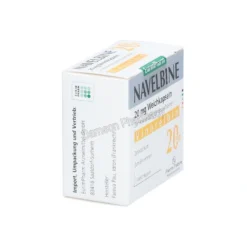
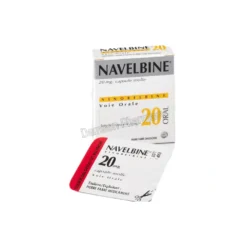
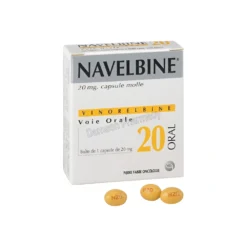
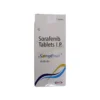

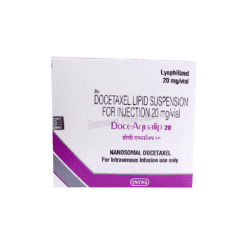

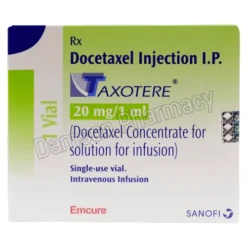
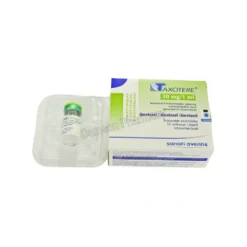
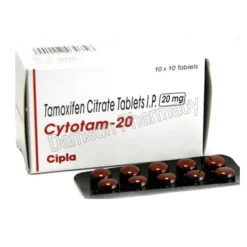
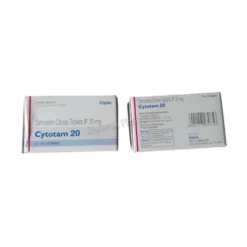
Reviews
There are no reviews yet.